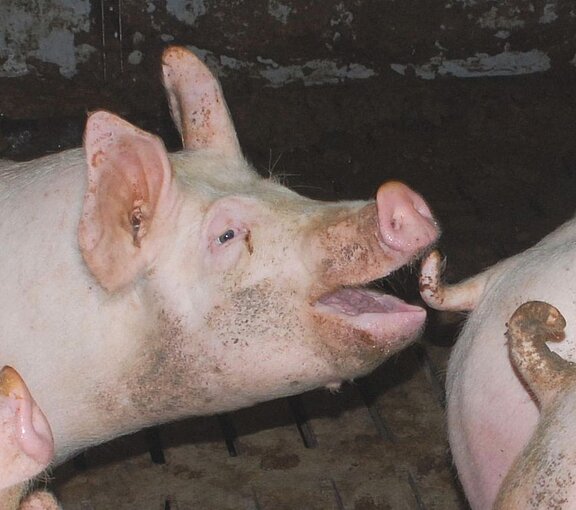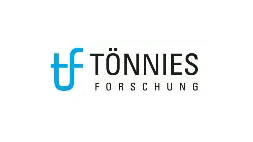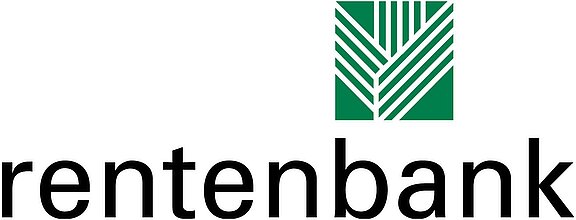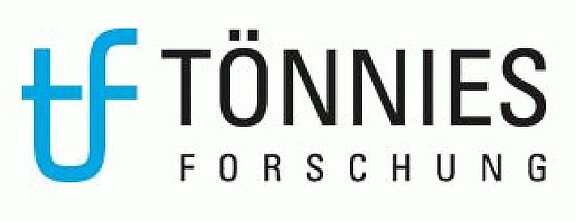Tail biting intervention programme (SchwIP)
Tail biting is a frequent problem during pig rearing which significantly reduces animal welfare and productivity. It is a multifactorial problem, which means its occurrence is influenced by the combined effect of a large number of risk factors.
Therefore, there is no “standard solution” but every farm has to reduce risks on an individual basis. The Institute of Animal Welfare and Animal Husbandry within Friedrich-Loeffler-Institut developed the “tail biting intervention programme” (SchwIP) to help with farm-individual risk assessment. SchwIP combines the advisory concept of animal health and welfare planning with a knowledge base software for farm-individual analysis and feedback of risks for tail biting in pigs. Farm planning means regular compilation of a farm-individual risk profile during a one-day assessment. The profile is based on data from an interview and direct observations in the barn, which are compiled into a report that outlines farm strengths and weaknesses using a software. The report then helps the farmer in deciding on aims and measures for his farm. The risk profile is updated and aims and measures are adapted during each consecutive visit, which contributes to long-term reduction of farm-individual risks for tail biting.
As tail biting risk areas differ somewhat between younger and older pigs, SchwIP was, respectively is being, developed for fattening (rearing-finishing) pigs and weaner piglets separately.






